How to Incorporate Watercolor Art into Your Home Décor
Incorporating watercolor art into your home décor can completely transform your space, adding a touch of personality, vibrancy, and warmth. The fluid, gentle nature of watercolor paintings evokes feelings of creativity and calm, making them an excellent addition to just about any room. Whether you’re an art lover, a home décor enthusiast, or simply looking to freshen up your space, this guide will help you explore easy and creative ways to bring watercolor art into your home.
Understanding Watercolor Art
Watercolor art is created using pigments suspended in a water-based solution, resulting in soft washes, dreamy color transitions, and intricate textures. This medium is loved for its versatility—artists use techniques like wet-on-wet or dry brush to produce effects that range from serene landscapes to expressive abstracts.
Because of its transparent quality, watercolor art plays beautifully with light. It creates a luminous effect that adds airiness to any space. From whimsical animals to bold botanicals, watercolor subjects are limitless—which means there’s a piece out there for every aesthetic.
The Timeless Appeal of Watercolors
What makes watercolor art so captivating is its emotional depth. Every piece carries a sense of fluid spontaneity and unique charm. Even the unpredictability of how the paint flows adds to its organic beauty.
One way to make your watercolor collection more personal? Look for custom or pet-themed watercolor art. For example, Crown & Paw offers personalized pet portraits in a watercolor style that brings your furry friends to life on canvas—perfect for adding love and character to your home.
Choosing the Right Watercolor Pieces
When selecting watercolor artwork, keep your space’s vibe and palette in mind. Here are a few tips:
-
Match the Mood: Want a cozy corner? Go for soft pastels. Need an energy boost in your home office? Try vivid colors or bold brushstrokes.
-
Consider Size: Larger pieces can be the focal point of a room, while smaller ones work well grouped together in gallery-style arrangements.
-
Pick Personal Subjects: Choose art that reflects your personality—florals, abstract patterns, landscapes, or even a custom pet portrait from Crown & Paw!
Don't be afraid to explore local galleries or emerging artists. Even downloadable prints can look incredible with the right frame.
Creative Ways to Display Watercolor Art
Once you’ve chosen your favorite pieces, it’s all about how you show them off! A great presentation makes a huge difference.
Framing Techniques
-
Classic Frames: Wood frames add warmth and elegance, especially in traditional or rustic interiors.
-
Floating Frames: Highlight the deckled edges of watercolor paper and create a sense of depth.
-
Gallery-Style Frames: Match frames for a clean, cohesive gallery wall vibe.
Fun Display Ideas
-
Gallery Wall: Mix watercolor art with photos, prints, or even a pet portrait from Crown & Paw for a beautifully curated look.
-
Art Ledges: Layer multiple pieces on ledges for a flexible, rotating display.
-
Shelf Styling: Place smaller works among books and decor for a cozy, collected feel.
Tip: Use soft lighting or spotlights to enhance colors and add a magical glow to your watercolor art.
Color Coordination and Themes
Watercolor art can serve as a powerful tool for color coordination within a room. By selecting pieces that reflect the existing color palette, the artwork can enhance the overall design. Watercolors, with their fluid and organic nature, often evoke feelings of tranquility and creativity, making them an ideal choice for spaces meant for relaxation or inspiration.
Complementing Existing Decor
When choosing watercolor art, consider the colors already present in your décor. Here are some strategies:
-
Accent Colors: Use watercolor pieces to introduce or emphasize accent colors found in furniture or textiles. This can create a harmonious flow throughout the room, tying various elements together seamlessly.
-
Neutral Backgrounds: If your walls are painted in neutral tones, vibrant watercolor art can create a striking contrast. The interplay between the softness of the watercolors and the starkness of the neutral backdrop can add depth and interest to the space.
-
Seasonal Themes: Rotate artwork based on the seasons, opting for warmer tones in fall and cooler hues in winter. This not only keeps the decor fresh but also allows you to celebrate the changing seasons through your art, creating a dynamic environment.
Creating a Focal Point
A large watercolor piece can serve as a stunning focal point in a room. To achieve this effect:
-
Positioning: Place the artwork in a prominent location, such as above a fireplace or a sofa. This strategic placement draws the eye and encourages conversation, making it a centerpiece of the room.
-
Lighting: Use spotlights or wall sconces to highlight the artwork, drawing attention to its beauty. The right lighting can enhance the colors and textures of the watercolor, making them appear even more vibrant and alive.
-
Surrounding Decor: Keep surrounding decor minimal to ensure the artwork remains the center of attention. Consider using complementary pieces, such as simple frames or understated furniture, to support rather than compete with the artwork.
Additionally, the choice of frame can significantly impact the overall presentation of watercolor art. A sleek, modern frame can lend a contemporary feel, while a more ornate frame can add a touch of elegance and sophistication. Experimenting with different styles can help you find the perfect match for your decor.
Watercolor Art in Different Rooms
Different rooms in a home can benefit from the incorporation of watercolor art, each serving a unique purpose and ambiance.
Living Room
The living room is often the heart of the home, making it an ideal space for vibrant watercolor art. Here are some ideas:
-
Statement Pieces: A large, bold watercolor can act as a conversation starter.
-
Complementary Accessories: Use throw pillows or blankets that echo the colors in the artwork.
-
Layering: Combine different textures and materials to create depth alongside the artwork.
In addition to these ideas, consider the overall theme of your living room when selecting watercolor pieces. For a modern aesthetic, choose abstract designs that incorporate geometric shapes and bright colors. Alternatively, for a more traditional look, opt for landscapes or still life that evoke a sense of nostalgia. The placement of your artwork can also enhance the room's flow; try grouping smaller pieces in a gallery wall format to create a dynamic focal point.
Bedroom
In the bedroom, watercolor art can contribute to a serene and calming atmosphere. Consider the following:
-
Soft Colors: Opt for gentle hues that promote relaxation, such as blues and greens.
-
Personal Touch: Choose pieces that reflect personal memories or aspirations.
-
Placement: Hang artwork at eye level to create a soothing visual experience before sleep.
Moreover, incorporating watercolor art in the bedroom can be a wonderful way to express your personality. Think about selecting pieces that resonate with your dreams or aspirations, such as abstract representations of nature or calming landscapes. You might also consider using a series of smaller watercolors that tell a story or follow a theme, creating a cohesive narrative that enhances the room's tranquility. Soft lighting can further accentuate these pieces, making them glow gently as you unwind at the end of the day.
Bathroom
Watercolor art can also enhance the ambiance of a bathroom, making it feel more inviting. Here are some tips:
-
Water-Inspired Themes: Select pieces that feature aquatic themes, such as ocean scenes or floral designs.
-
Framing Considerations: Use moisture-resistant frames to protect the artwork from humidity.
-
Small Spaces: Consider using smaller pieces or prints that can be easily swapped out for a fresh look.
Additionally, think about the overall color palette of your bathroom when selecting watercolor art. Light, airy pieces can create an illusion of space and freshness, while darker, more dramatic works can add a touch of luxury and sophistication. The bathroom is often a place for self-care, so incorporating art that inspires relaxation—like serene beach scenes or tranquil botanical illustrations—can enhance your bathing experience. Consider using a mix of framed art and unframed canvases to create a casual, yet curated look that invites relaxation and rejuvenation.
DIY Watercolor Projects
For those who enjoy crafting, creating your own watercolor art can be a fulfilling way to personalize your home décor. Here are some DIY project ideas:
Creating Your Own Artwork
Even beginners can create beautiful watercolor pieces with the right approach. Here are some steps to get started:
-
Gather Supplies: Invest in quality watercolor paints, brushes, and paper.
-
Practice Techniques: Experiment with different techniques, such as wet-on-wet or dry brush, to discover your style.
-
Focus on Simplicity: Start with simple subjects, like abstract shapes or basic landscapes, to build confidence.
Customizing Existing Art
Another way to incorporate watercolor art is by customizing existing pieces. Here are some ideas:
-
Layering Techniques: Add watercolor washes over printed art to create a unique blend.
-
Framing Changes: Update the frame of an existing piece to give it a fresh look.
-
Art Collage: Combine multiple smaller pieces into a single collage for a dynamic display.
Watercolor Prints and Downloads
For those who prefer a quicker approach, many artists offer downloadable watercolor prints. Here’s how to make the most of them:
-
Print Quality: Ensure high-resolution files for the best print quality.
-
Personalization: Consider adding text or quotes to personalize the artwork.
-
Framing Options: Use a variety of frames to create a cohesive gallery wall.
Maintaining Watercolor Art
To ensure that watercolor art remains vibrant and beautiful over time, proper maintenance is essential. Here are some tips for preserving your artwork:
Protecting Your Artwork
Watercolor paintings can be delicate, so taking precautions is vital:
-
UV Protection: Use UV-filtering glass or acrylic in frames to protect against fading.
-
Humidity Control: Keep artwork in a climate-controlled environment to prevent warping.
-
Regular Cleaning: Dust frames and artwork gently with a soft cloth to maintain their appearance.
Storing Watercolor Art
If you need to store watercolor art, follow these guidelines:
-
Flat Storage: Store artwork flat, between sheets of acid-free paper, to prevent damage.
-
Avoid Folding: Never fold or roll watercolor paintings, as this can cause permanent creases.
-
Temperature Control: Keep stored pieces in a cool, dry place away from direct sunlight.
Conclusion
Incorporating watercolor art into your home décor is a fun, stylish way to express yourself. Whether you’re drawn to calming nature scenes, abstract splashes of color, or playful pet portraits from Crown & Paw, there’s a watercolor piece out there just waiting to brighten your home.
From statement walls to cozy shelf nooks, and even DIY projects, watercolor art invites creativity and warmth into your space. And with proper care, these pieces can bring joy, color, and inspiration to your life for years to come.
Ready to personalize your space? Start with a custom watercolor pet portrait from Crown & Paw and make your home as unique as your furry friend!





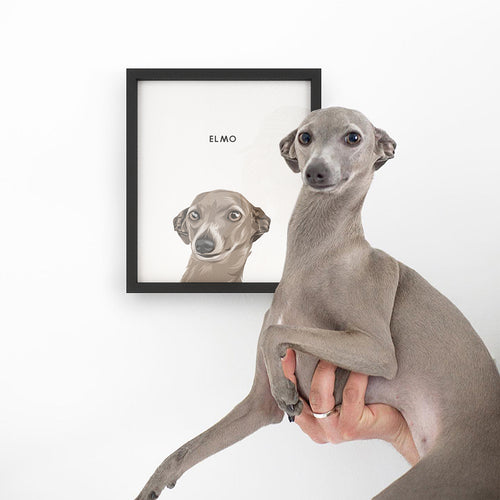
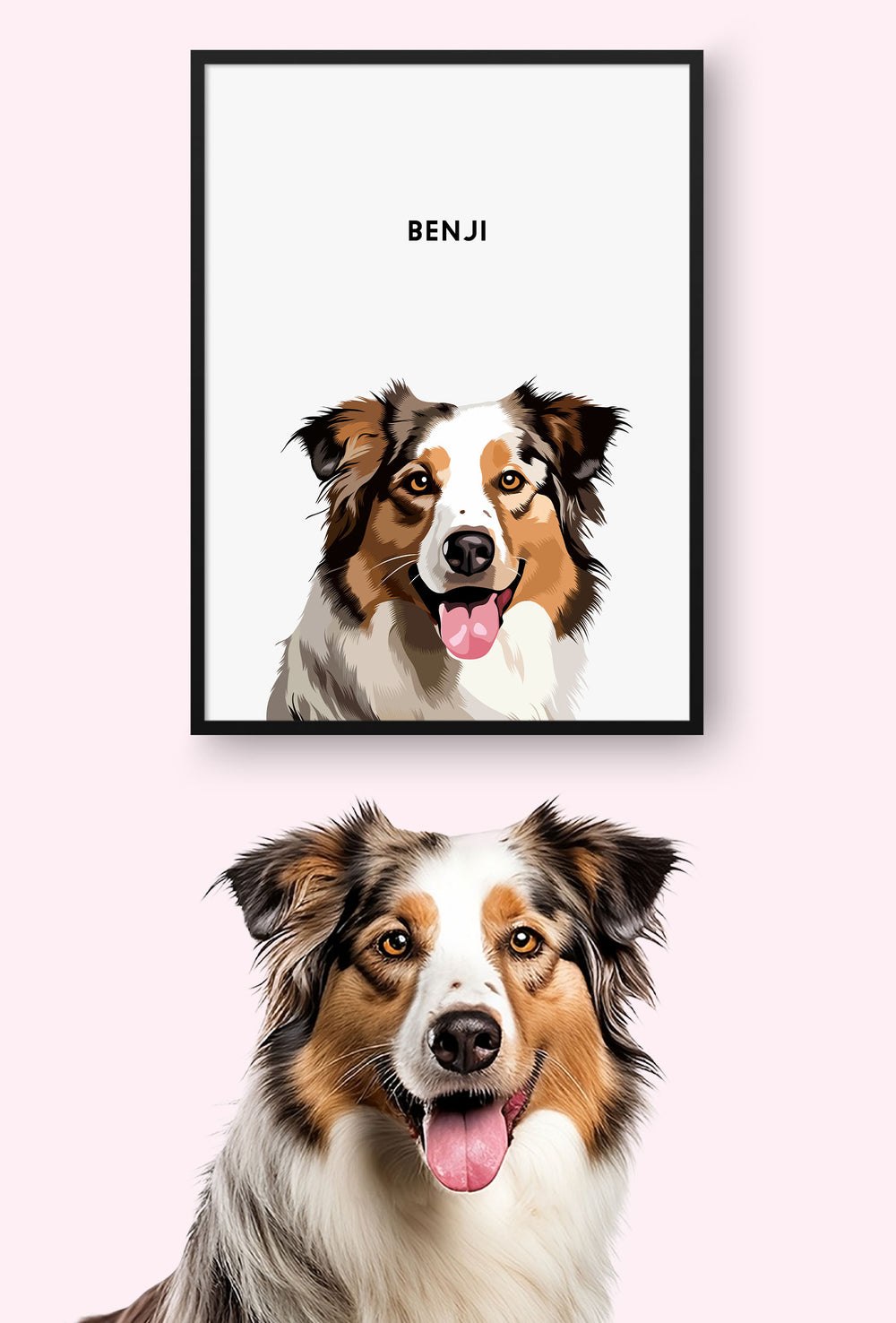

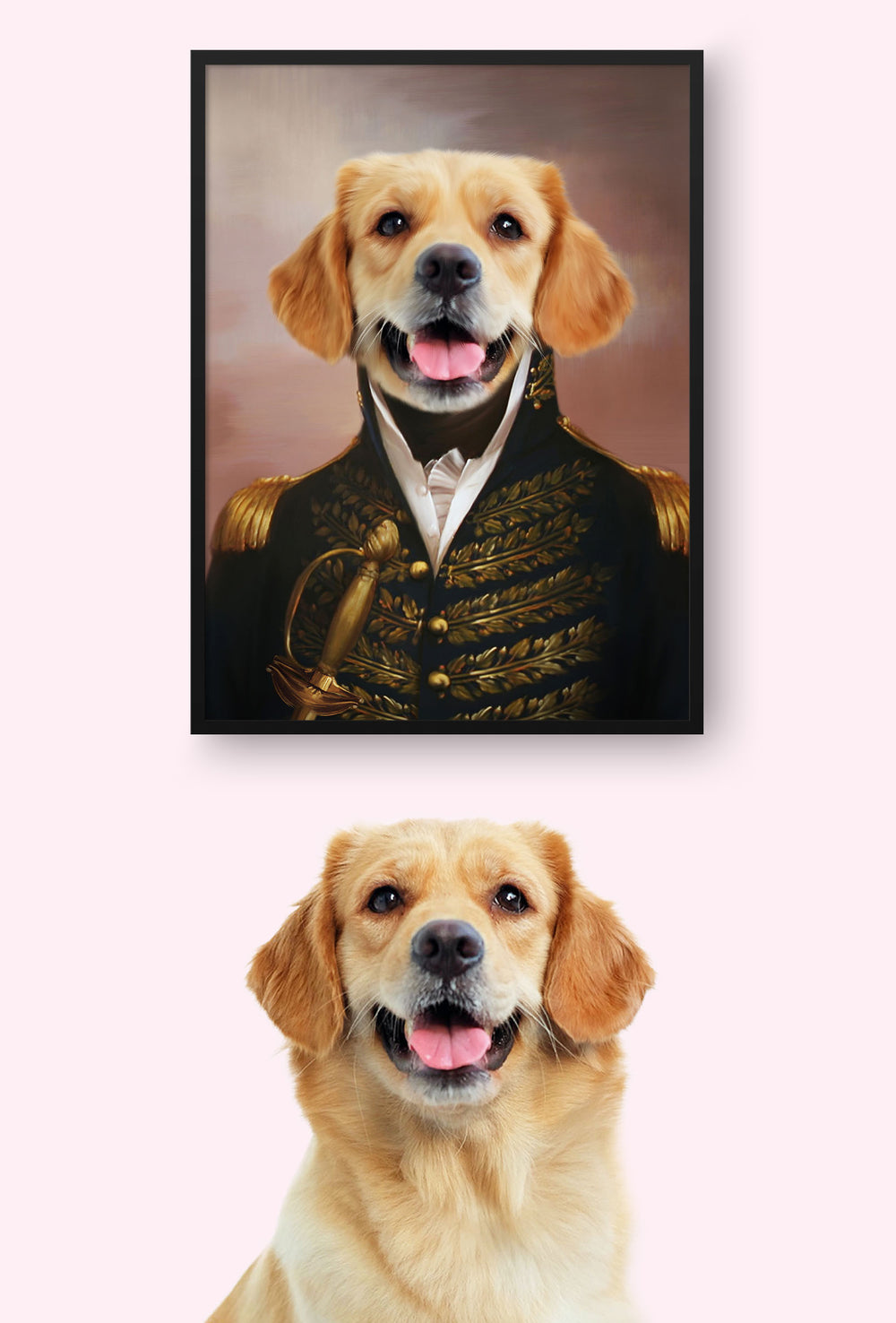







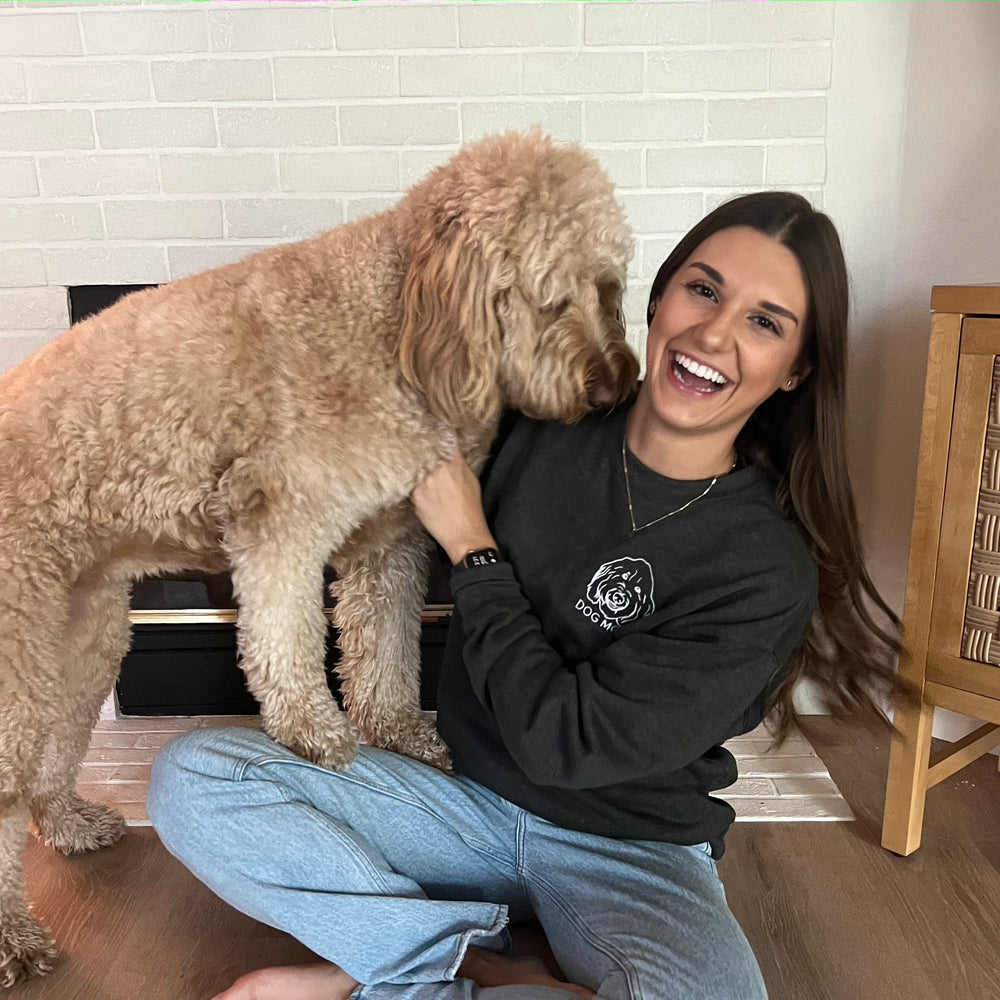


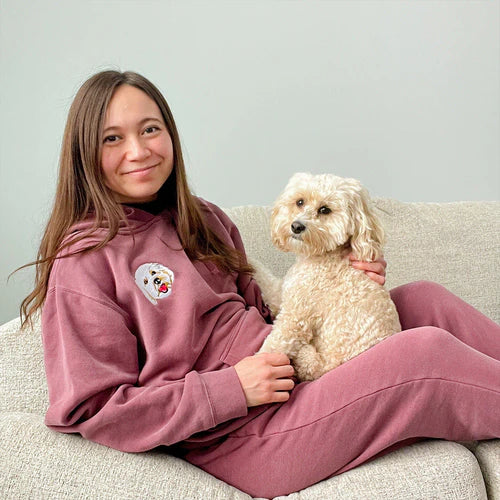



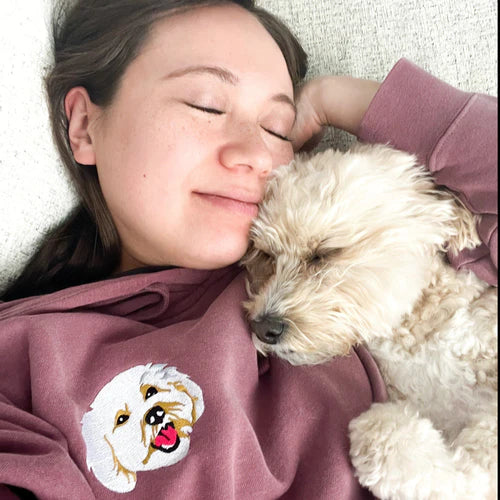


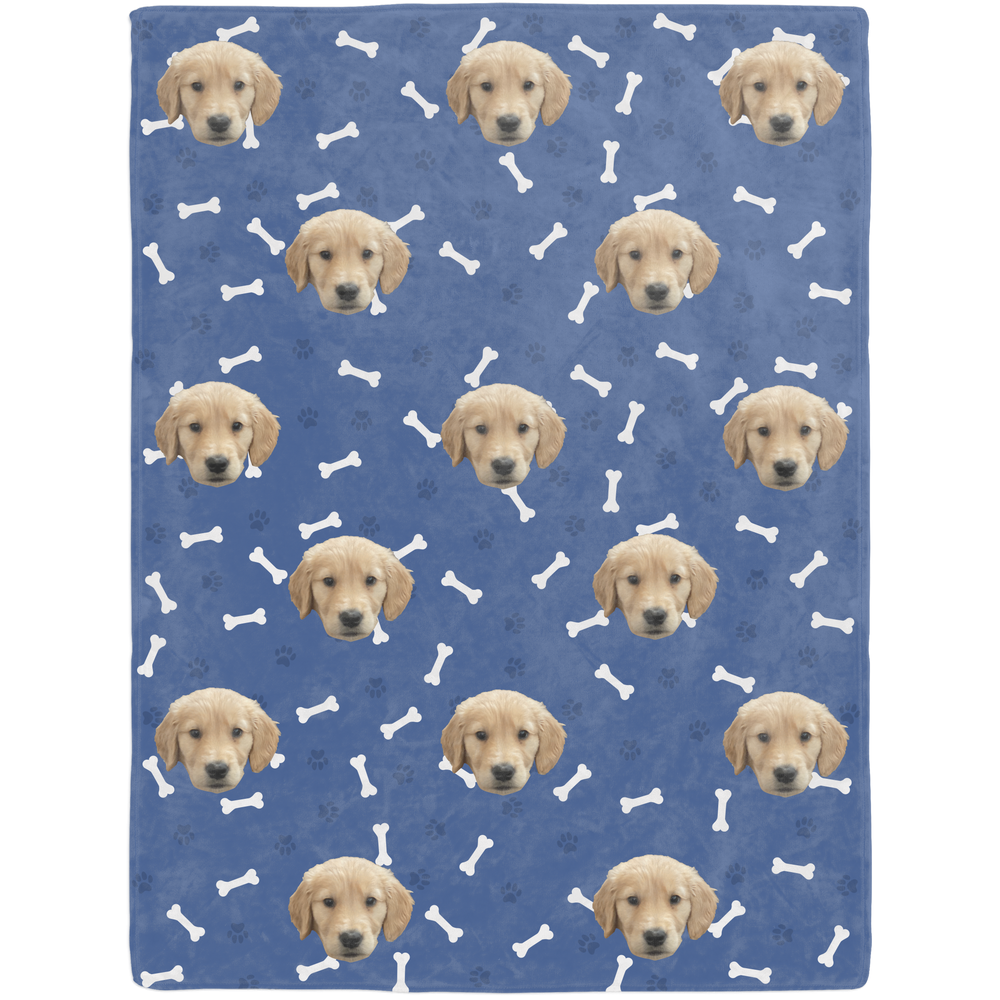
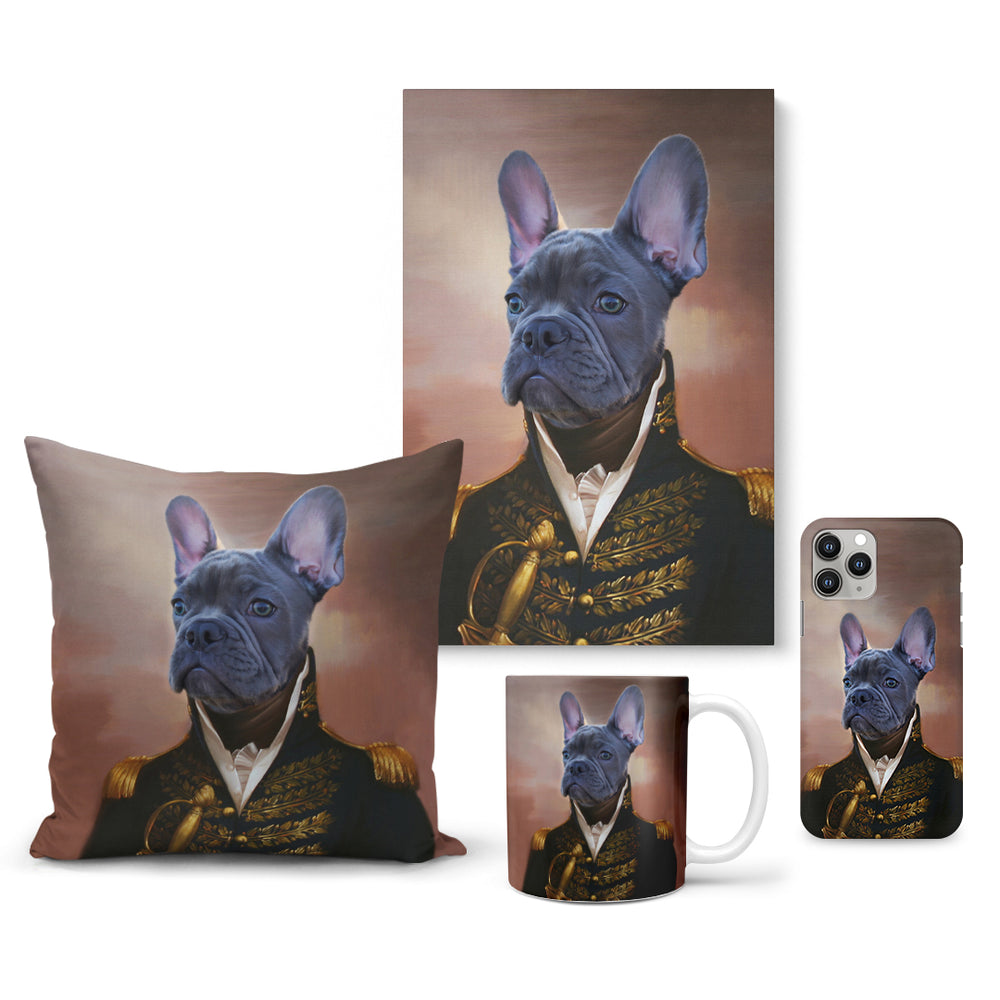








 Reviews
Reviews
 My Account
My Account
 Contact Us
Contact Us
 Help
Help
